
Cells Changing structures & Functions over time

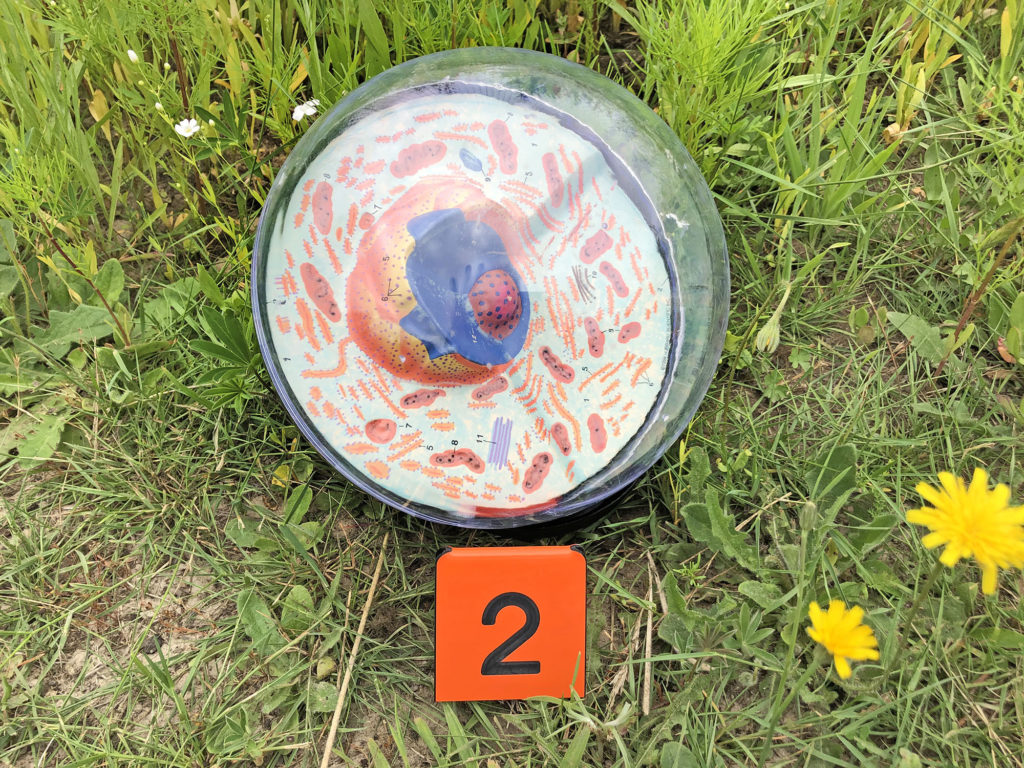
Cell Objectives
- Describe the specific roles of the plasma membrane and various organelles.
- Provide examples of cells that have different structures related to their functions.
-
Explain different cellular life stages, including mitosis, hypertrophy, differentiation, and apoptosis.
All organisms are made of cells from a single-celled bacterium to a human with trillions of cells. Many features are similar, even between two dramatically different species like an animal and a plant.
From this video, list three differences between the animal and plant cell.
Cells and their organelles maintain homeostasis (balance) in the body.
These are six of the organelles:

Nucleus
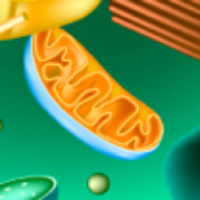
Mitochondrion

Endoplasmic Reticulum
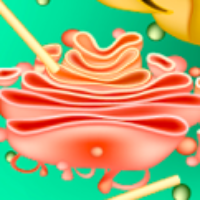
Golgi Complex

Lysosome

Vesicle
This video shows the organelles within an animal cell.
Now, use your notes and check your knowledge of cell structures.
The plasma membrane that surrounds cells has to let some things into the cell, move some substances out of the cell, and block other substances completely. This video introduces the process of diffusion.
The plasma membrane has structural features that make diffusion and active transport possible.
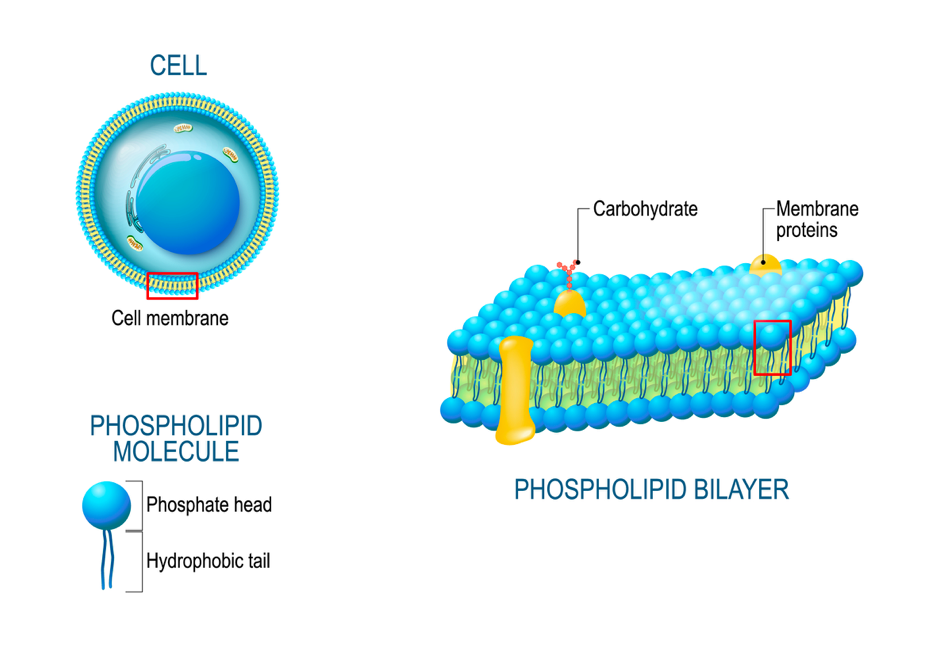
The plasma membrane consists of two layers of phospholipids. Each phospholipid molecule has two parts, commonly referred to as the “head” and the “tail.”
The heads are water-soluble and face outward, and the tails are water-insoluble and face inward.
Some substances move simply across membranes; other need to travel with the assistance of proteins embedded in the phospholipid membrane.
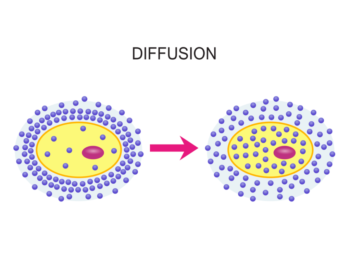
Simple Diffusion
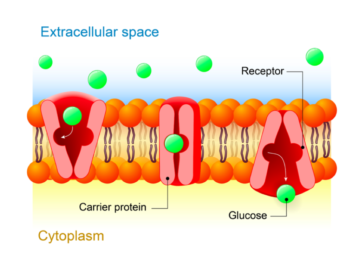
Protein Assistance
Would you like to test your knowledge of cellular structures? If so, there are a few more reference videos in this guide’s resource page.
This video brings together several of the concepts covered so far in this guide: microscopy, staining, and cellular structure.
The cheek cells are squamous (flattened) epithelial cells and they almost look like the “generic” round cell models. However, most cells in the human body have different shapes that match their functions. In each of the upcoming guide you will be introduced to different cells that form the tissues that make up organs.
This video uses easy-to-make models to describe the structures of some of the cells we’ll be studying under the microscope in upcoming guides.
A cell can change in structure and function in its lifetime.
These are four cellular life stages:
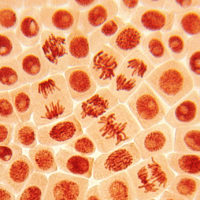
Mitosis
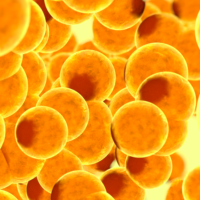
Hypertrophy
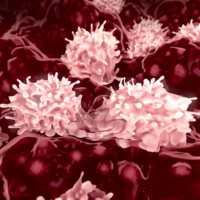
Differentiation
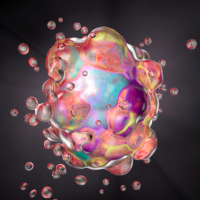
Apoptosis
This video discusses the various cellular life stages.
The next section introduces the integumentary system (skin, hair, and nails), with emphasis on the tissues and cells within the skin.
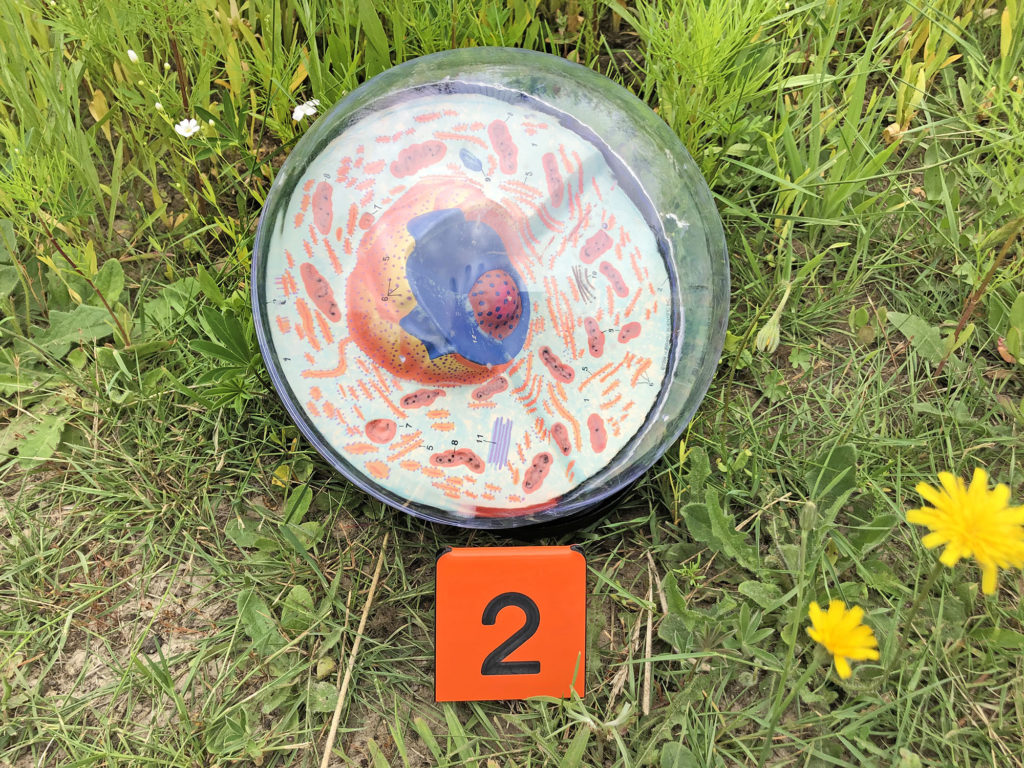
Check your knowledge. Can you:
- describe the specific roles of the plasma membrane and various organelles?
- provide examples of cells that have different structures related to their functions?
-
explain different cellular life stages, including mitosis, hypertrophy, differentiation, and apoptosis?



